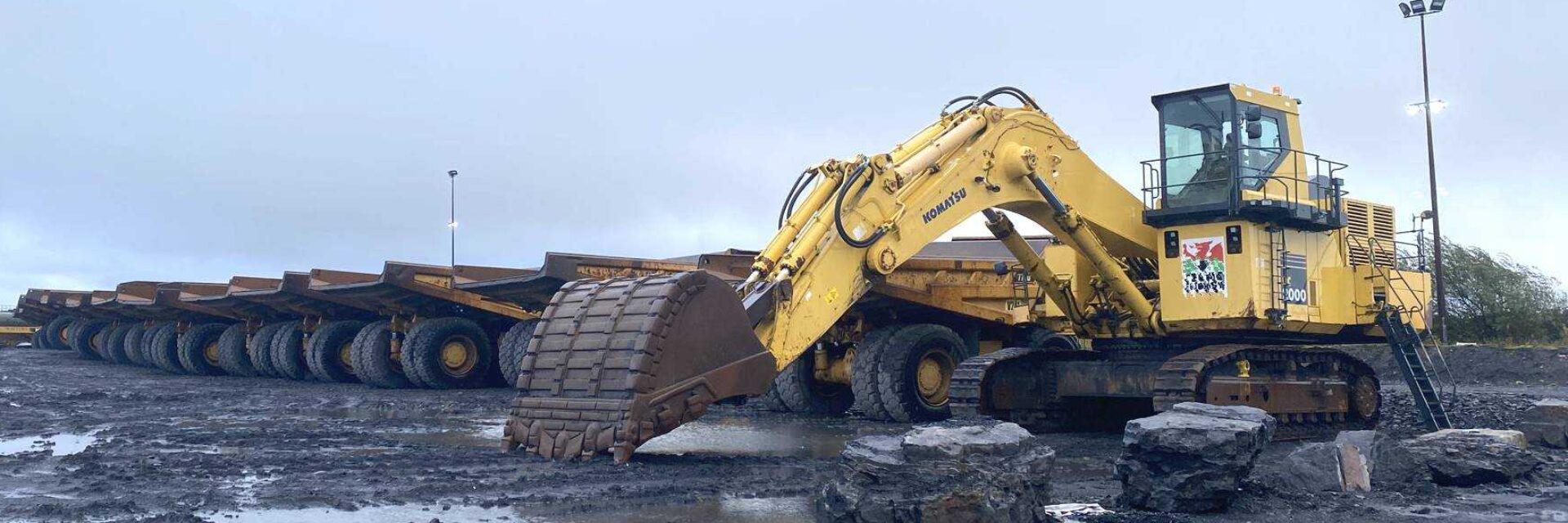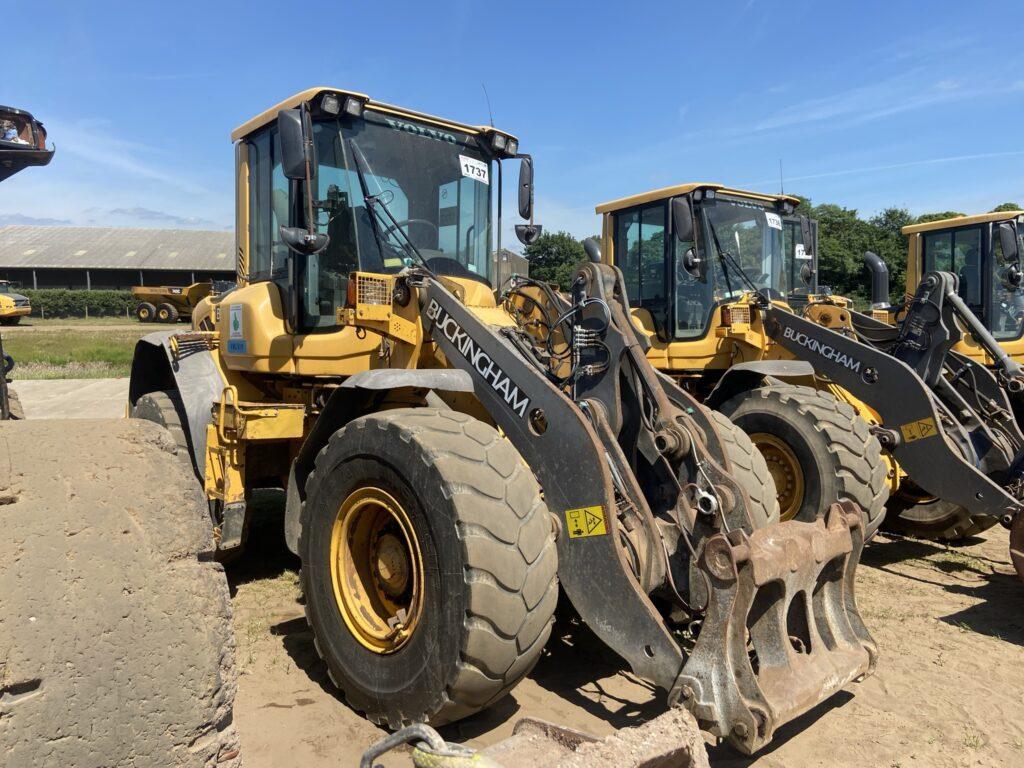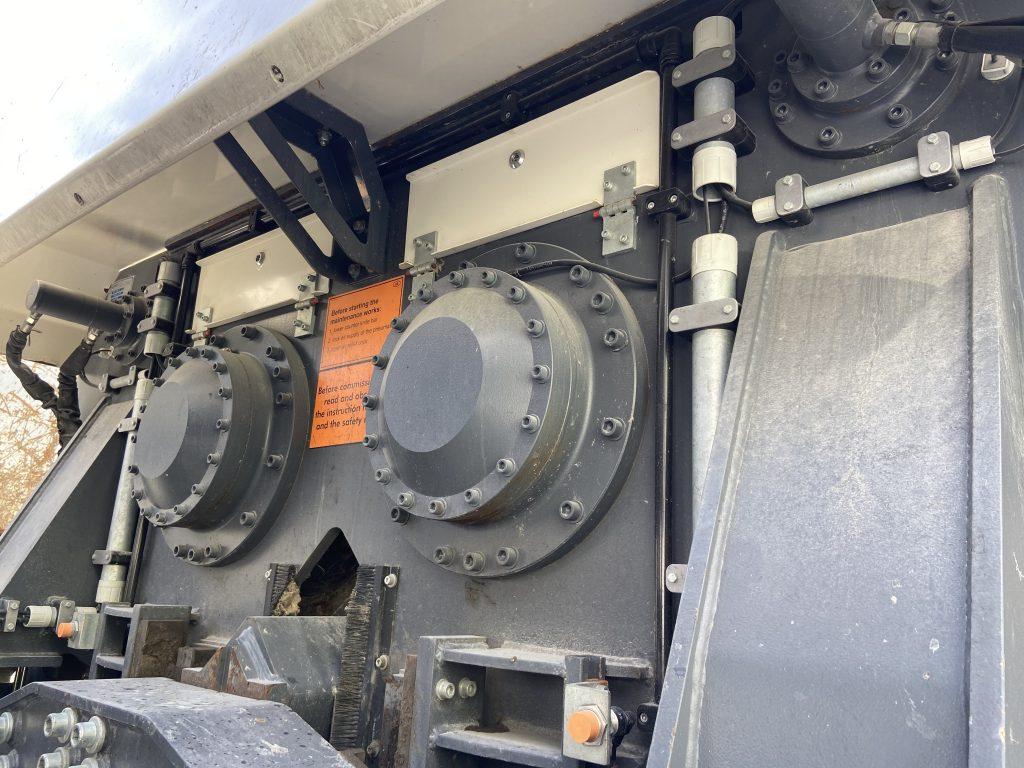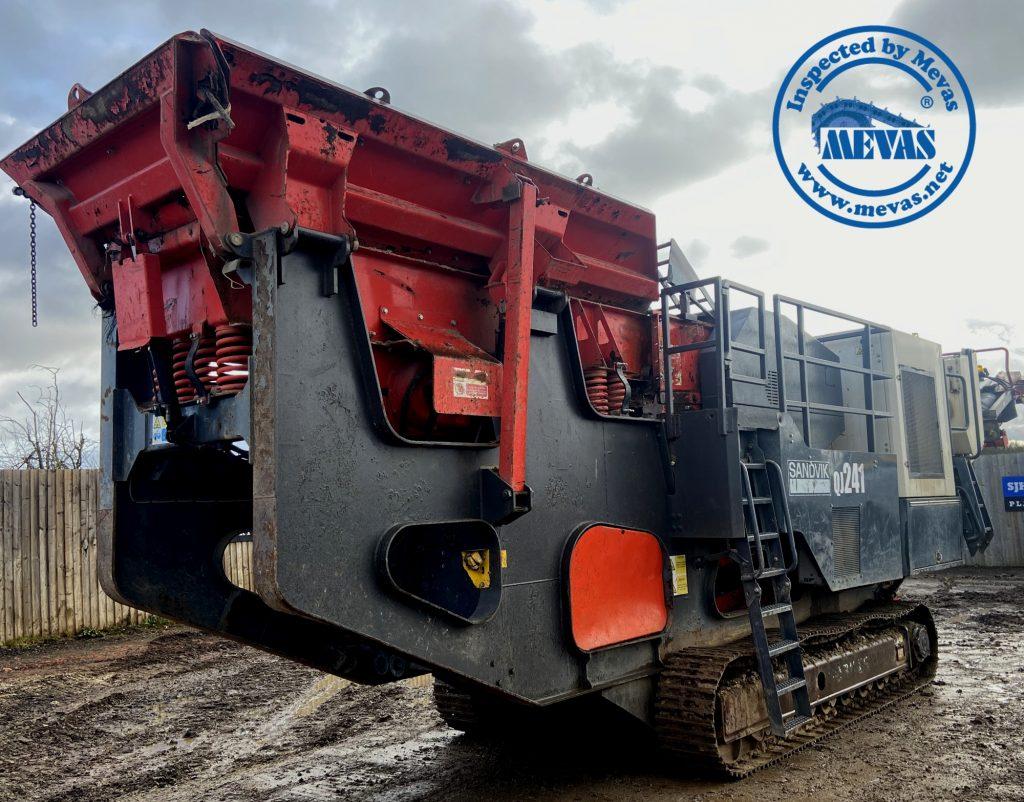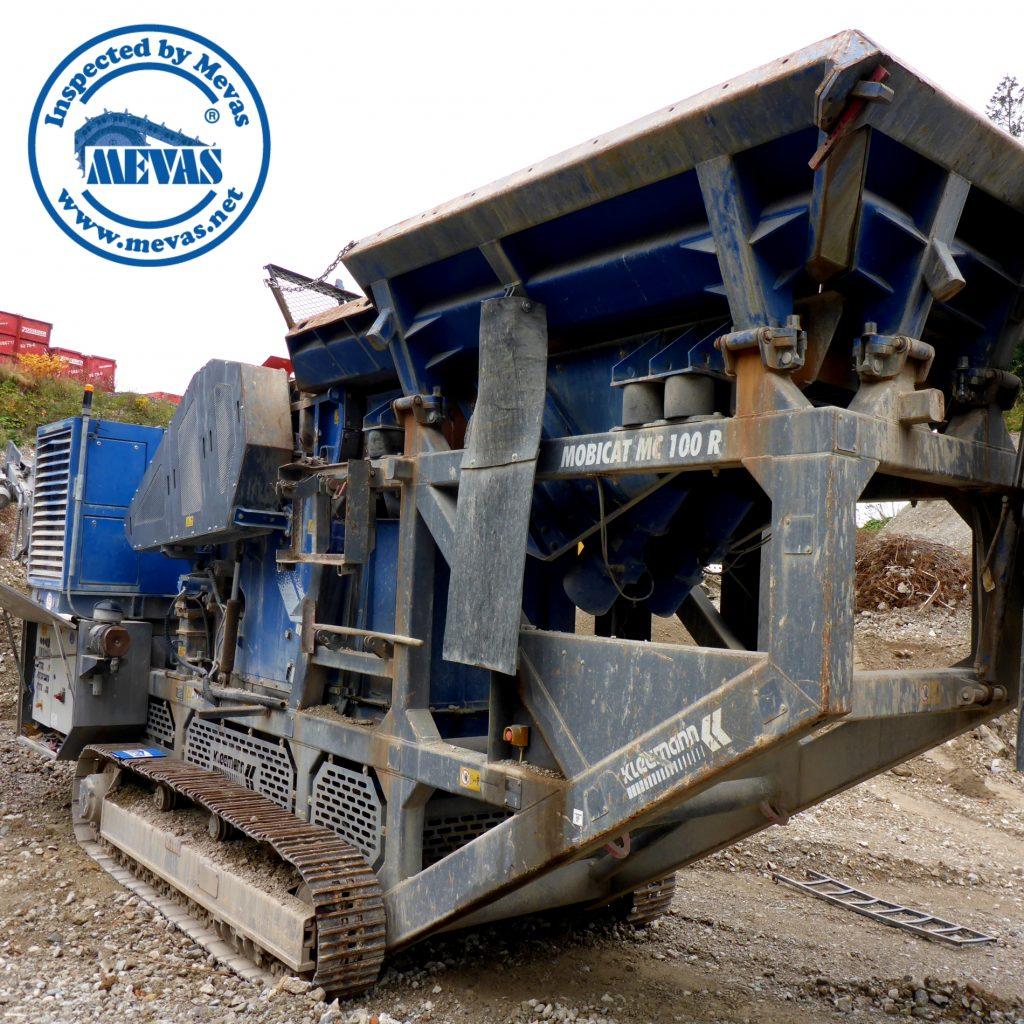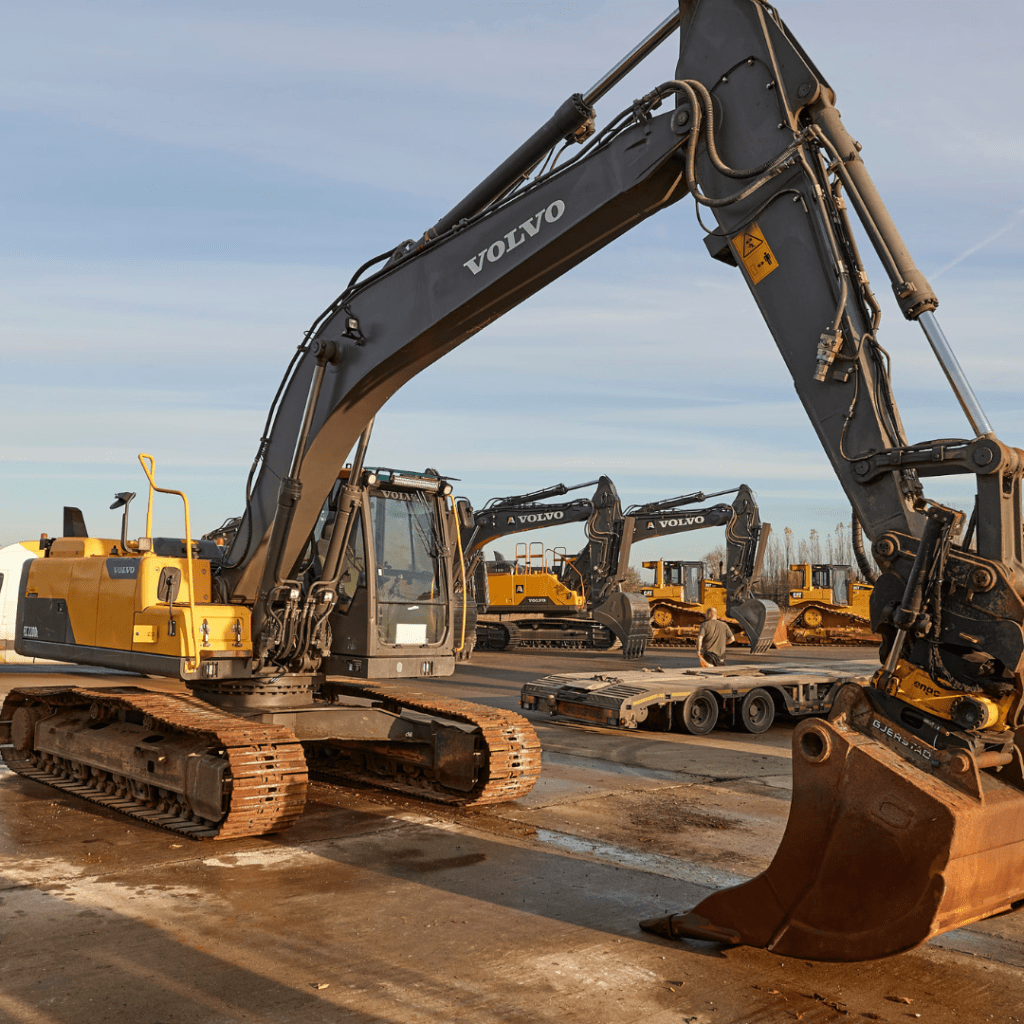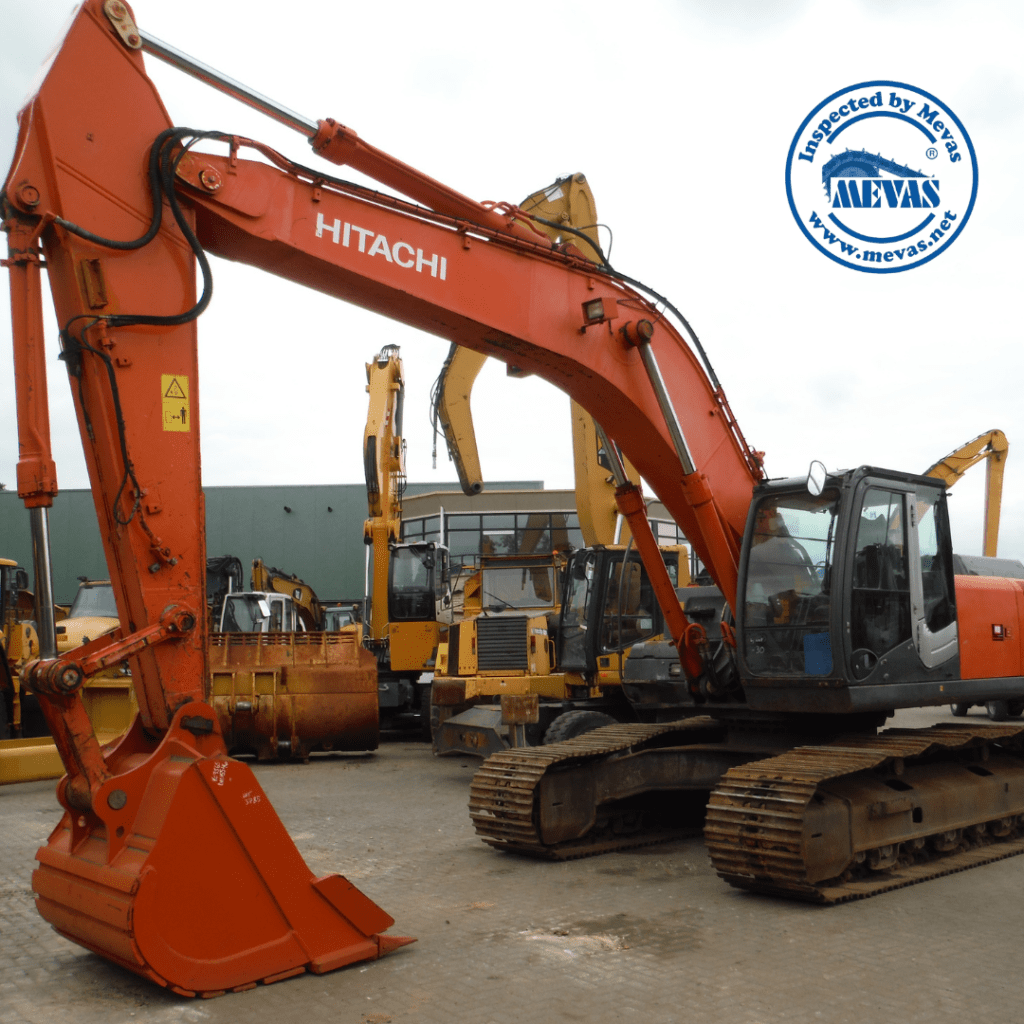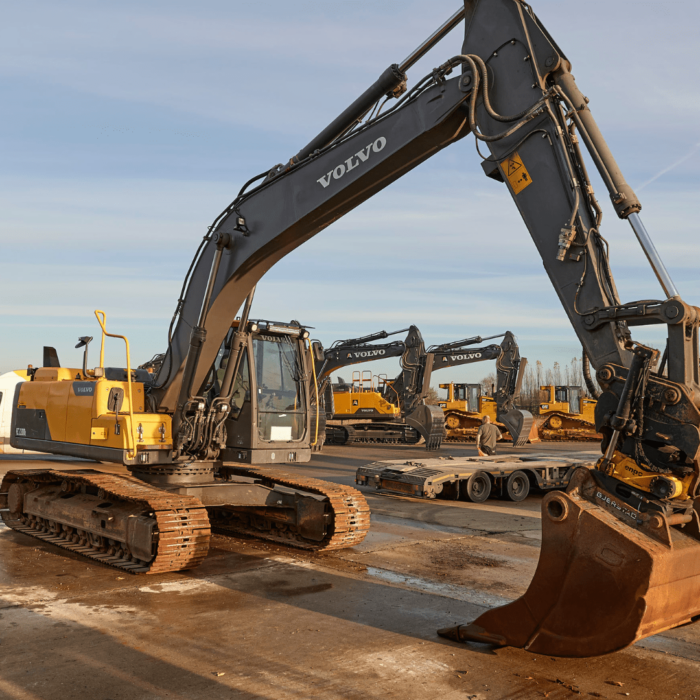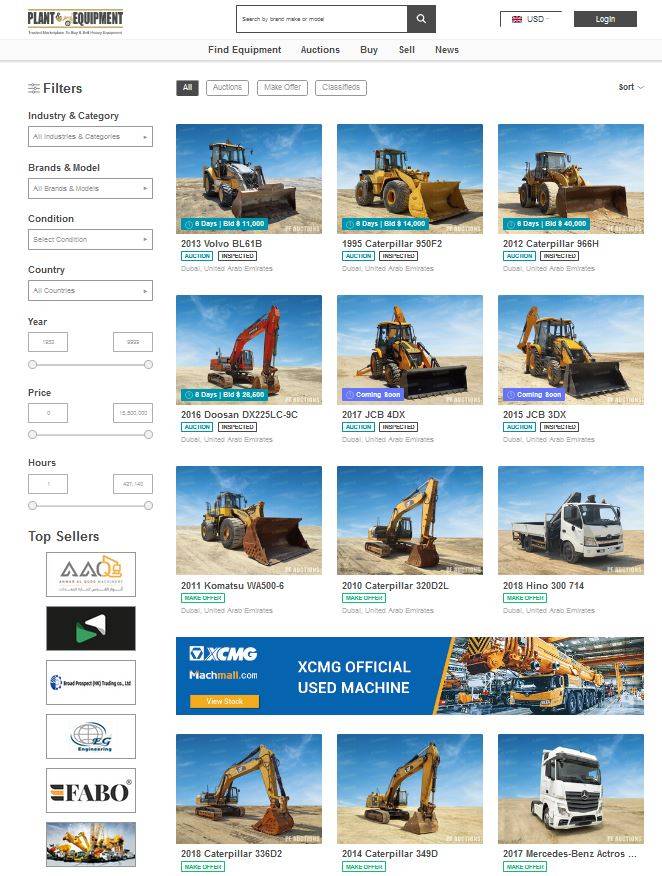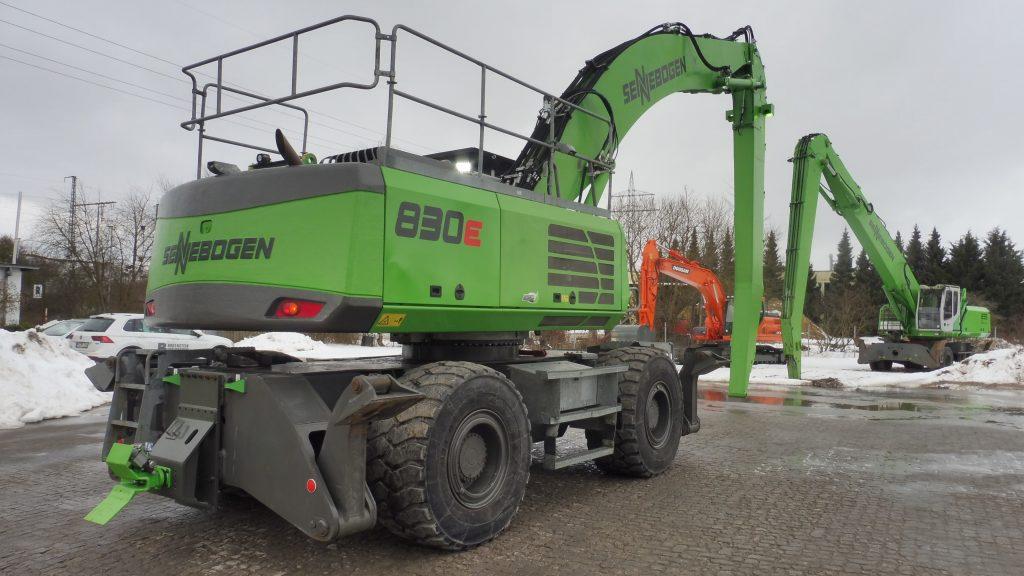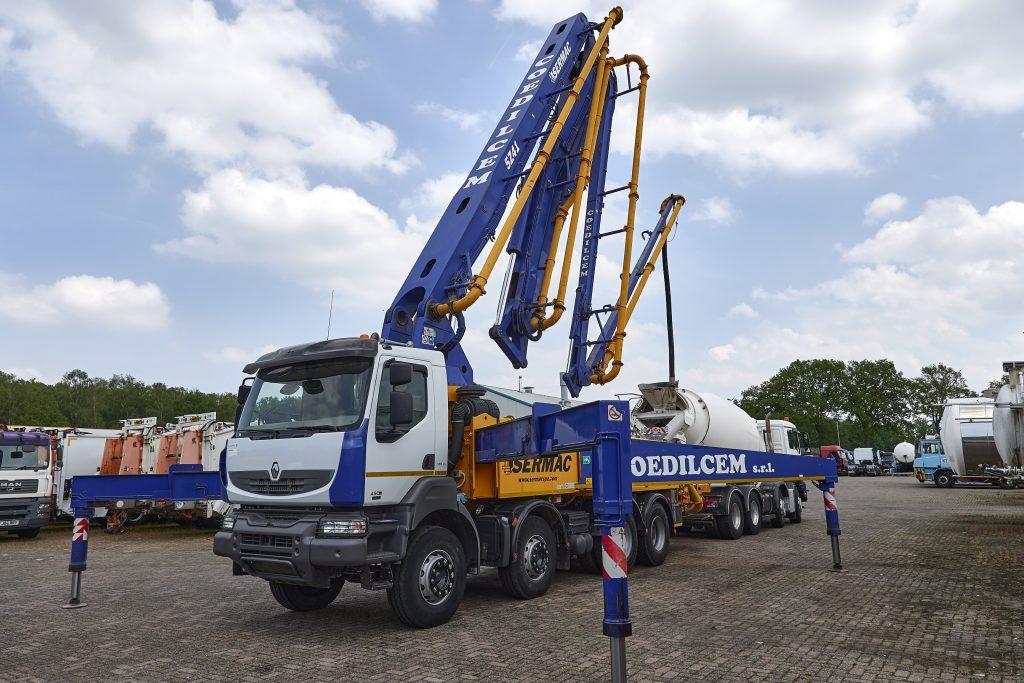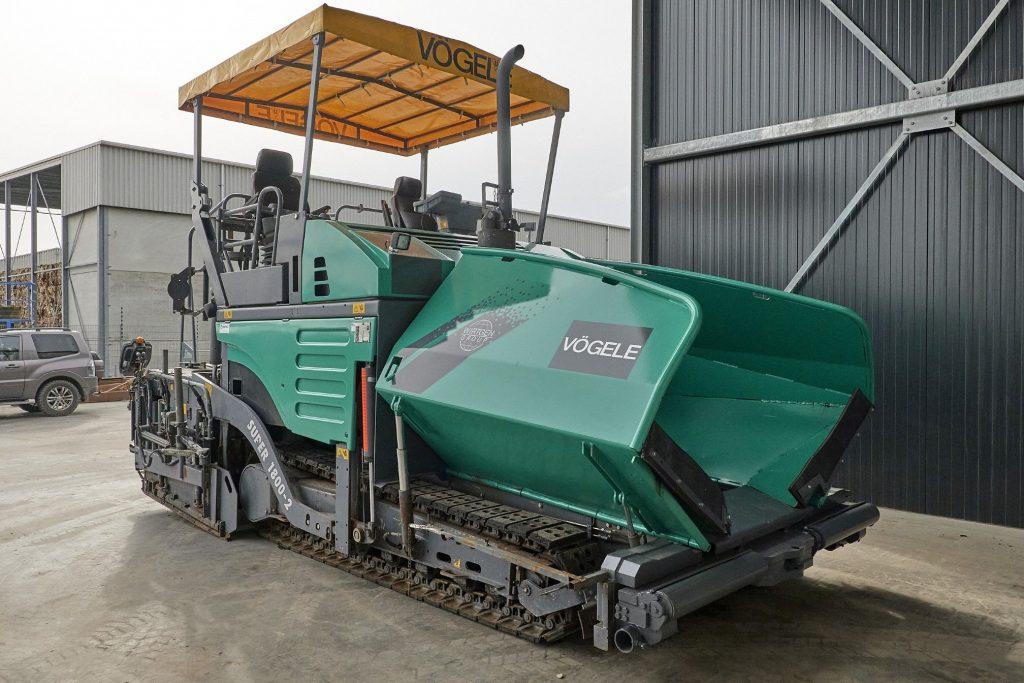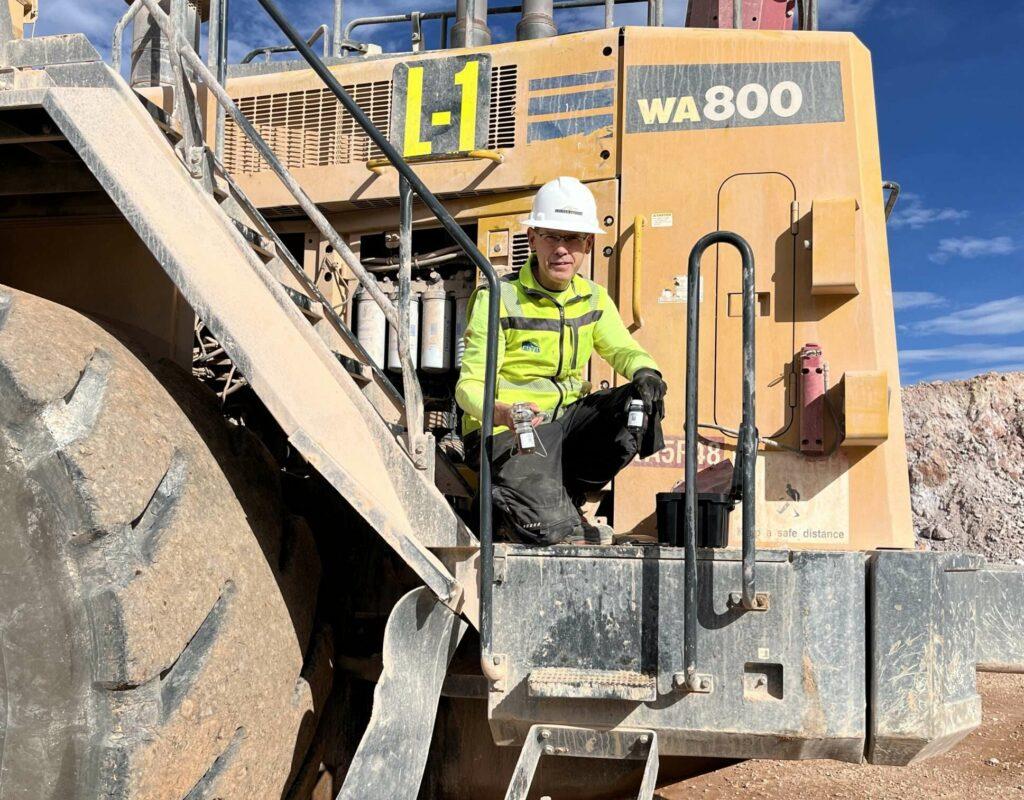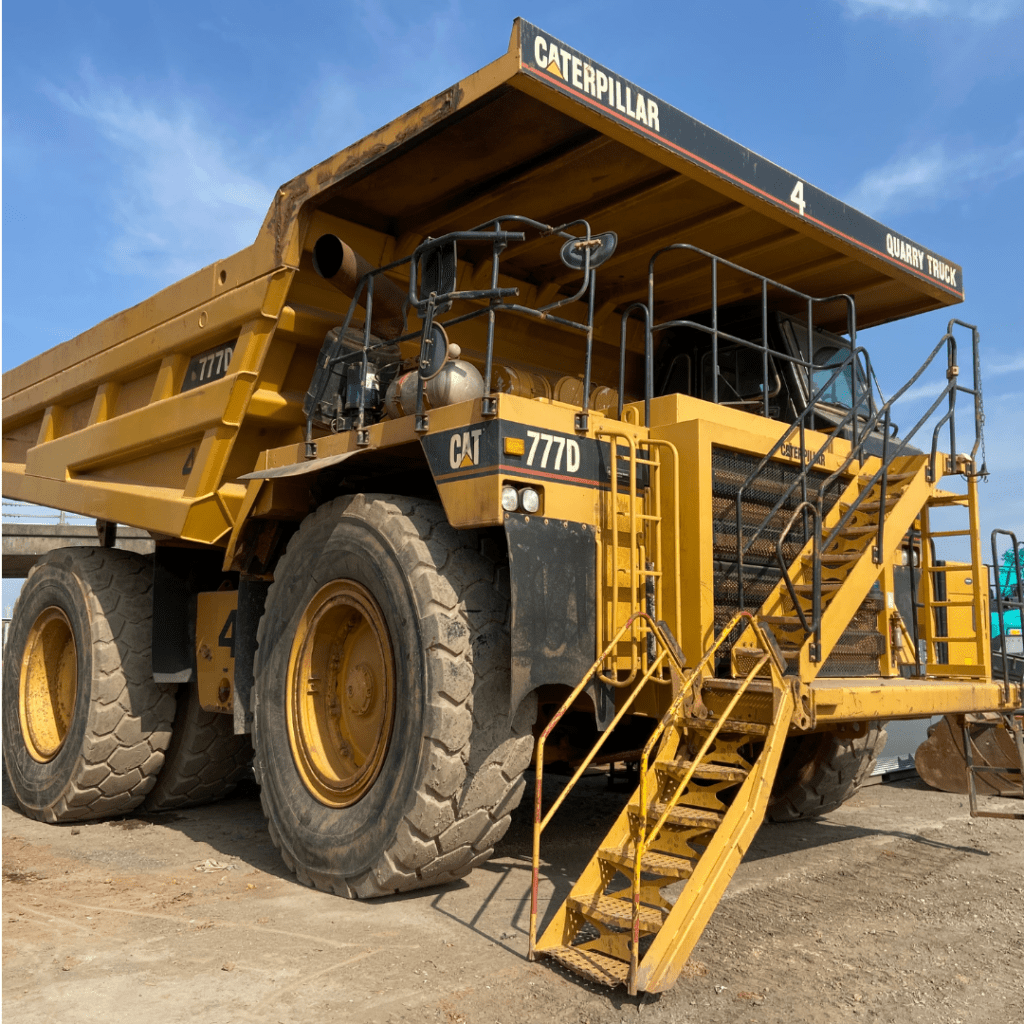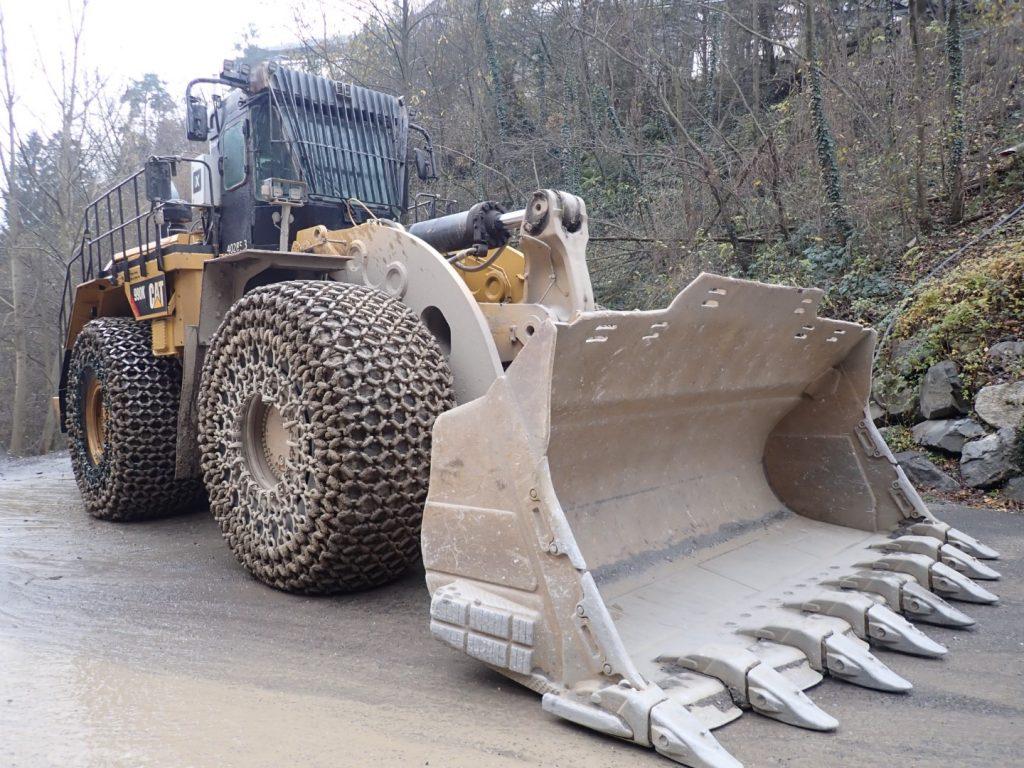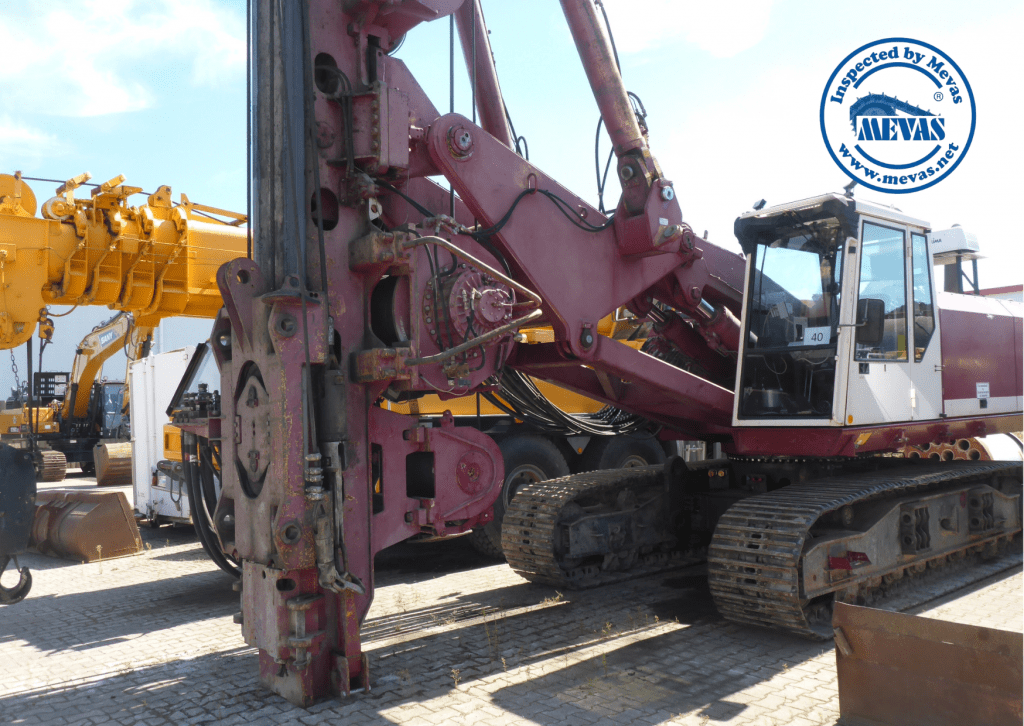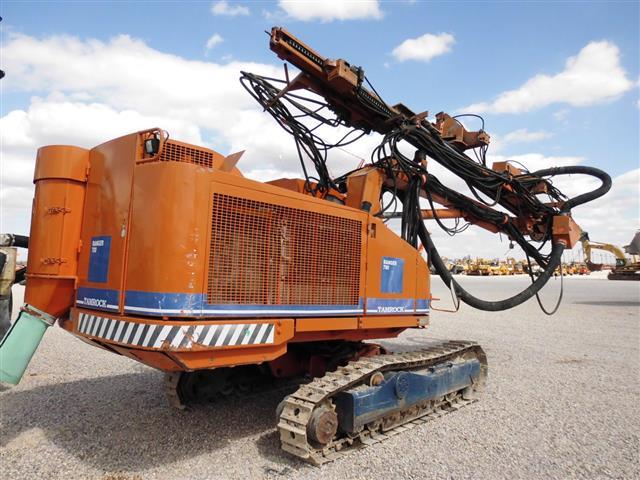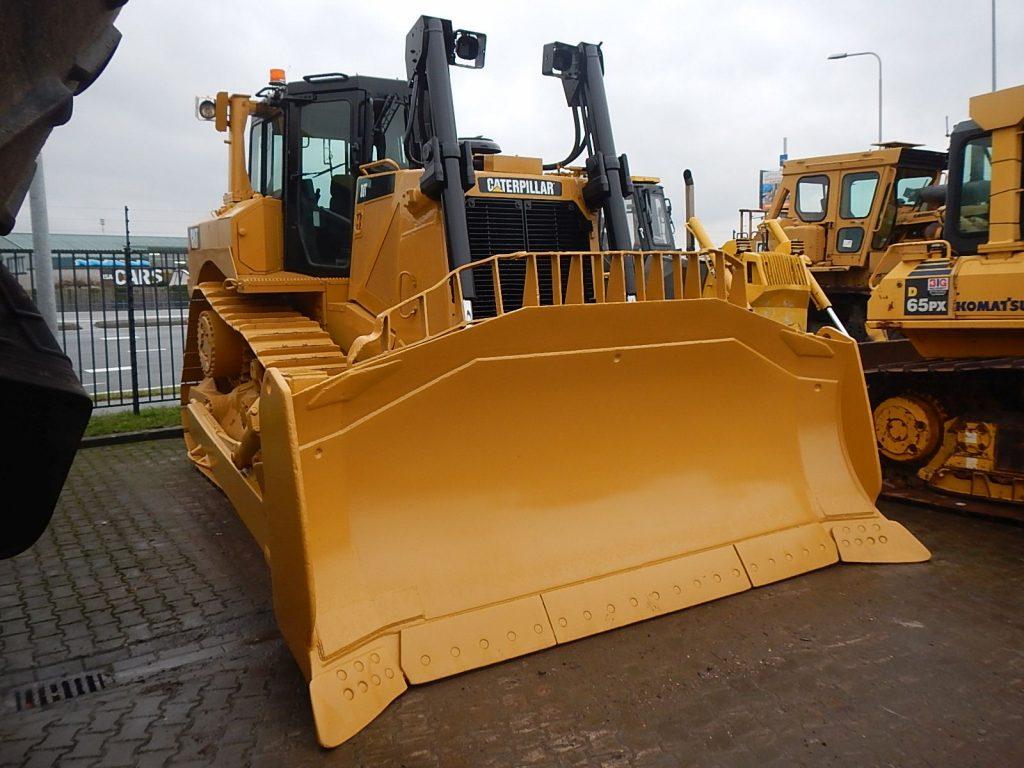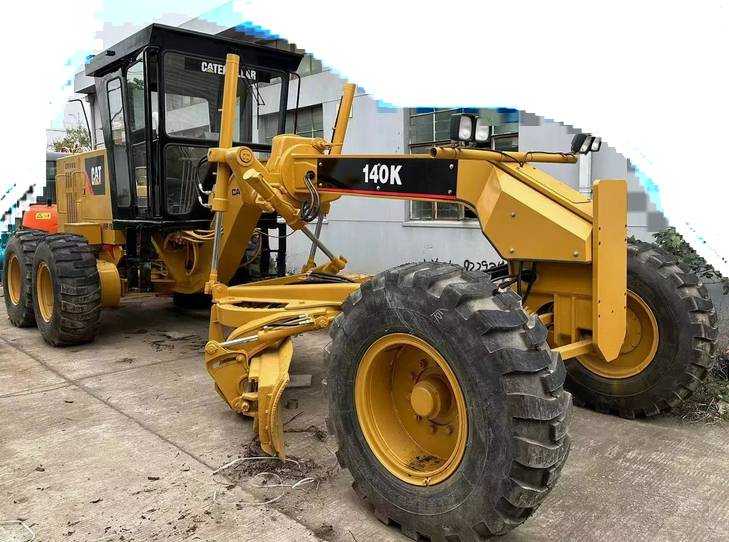What is meant by oil diagnosis and what can be learned from the results?
For users of construction machinery, there is an interesting way to detect the wear of components such as engines, hydraulic pumps or gearboxes. Of course, it is not possible to open a transmission or engine during normal use to look inside for the state of wear. So, what would be a suitable way to check whether there is unusual wear? Diagnosis of oils in construction machinery!
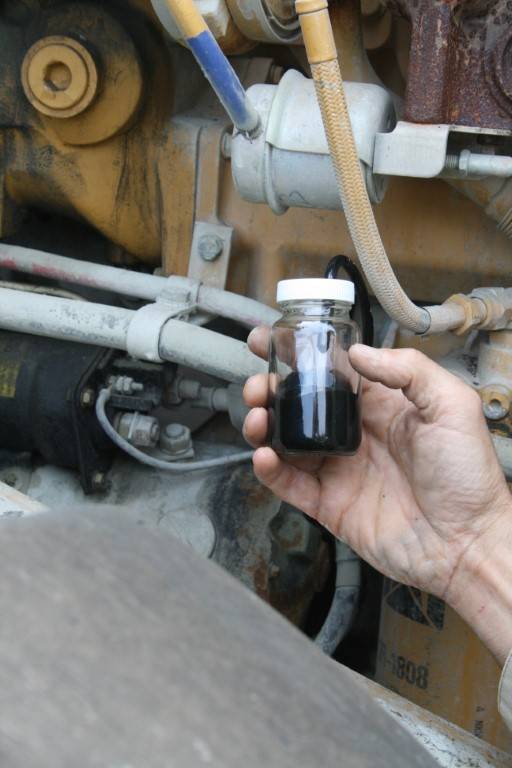
Analysis of oils in a certified laboratory
You can find out the state of wear of components from the condition of engine oil or hydraulic oil. To do this, oils are taken from the machine and sent to a certified laboratory. Problems can be identified early on from the content of trace elements such as copper, aluminium, silicon, iron or glycol. The content of elements is given in ppm. The engineer can use the analysis protocol to determine whether certain components in an engine or hydraulic pump are subject to particular wear. It detects at an early stage whether foreign substances such as dirt or coolant are penetrating from outside and contaminating the operating fluids.
What are the requirements for a correct analysis?
When taking oils and coolants for testing, particular attention must be paid to cleanliness. Hoses, pumps and oil containers must be particularly clean. Another important factor is knowing the running time of the existing oils. It is therefore important to know how many hours the fluids have already been in use. The technician must know where in the system he can take the fluids and what operating condition the machine should be in for this. Modern machines have specific analysis plugs to drain oils.
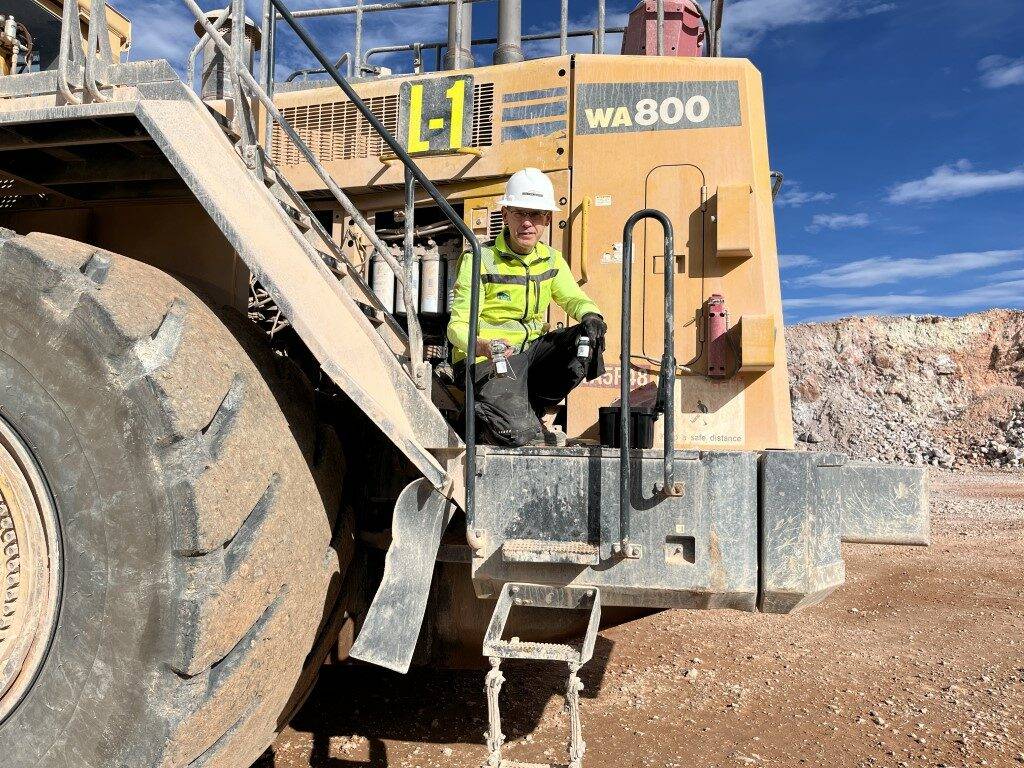
Who benefits from oil analyses?
The most important group for oil analyses are the users of machines that are used intensively. Regular inspections are particularly recommended for machines in shift operation. Machines used in quarries or in the recycling sector are usually inspected regularly.
Another important group of people interested in oil analyses are buyers of used machines. For them, an analysis of the existing oils and coolants can tell them something about the machine.
Oil diagnosis by MEVAS
The international team of inspectors at MEVAS has oil diagnostics in their program. The certified Zeppelin Baumaschinen laboratory regularly carries out analyses of the oils of used construction machines. For prices starting at €120 per oil, MEVAS will be happy to take oil samples from the machine you want to buy. An analysis is available within a few days and the MEVAS technicians will provide you with an interpretation of the values read. This allows you to accurately assess the risk associated with used heavy equipment.
Sign up for our newsletter
By the way, if you don’t want to miss an issue of the MEVAS technical newsletter, follow us on LinkedIn and sign up for the newsletter there.
Article about oil analysis for heavy equipment in PDF-format

